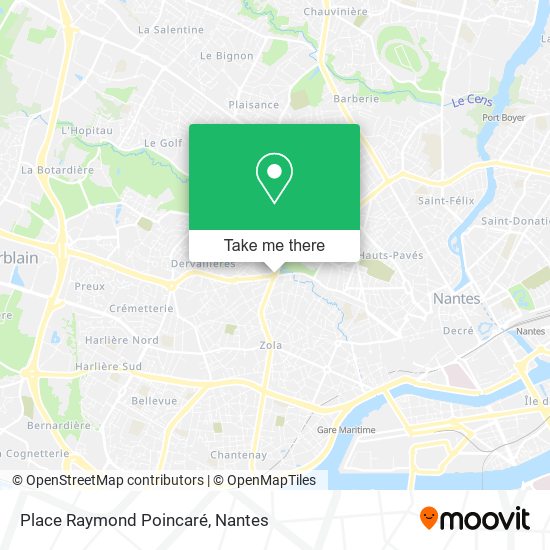

In the 1950s and 1960s, other mathematicians attempted proofs of the conjecture only to discover that they contained flaws. homotopically equivalent to a point) non-compact 3-manifolds not homeomorphic to R 3, the prototype of which is now called the Whitehead manifold. In the process, he discovered some examples of simply-connected (indeed contractible, i.e. Whitehead claimed a proof but then retracted it. Note that "closed" here means, as customary in this area, the condition of being compact in terms of set topology, and also without boundary (3-dimensional Euclidean space is an example of a simply connected 3-manifold not homeomorphic to the 3-sphere but it is not compact and therefore not a counter-example). Here is the standard form of the conjecture:Įvery simply connected, closed 3- manifold is homeomorphic to the 3-sphere. Poincaré never declared whether he believed this additional condition would characterize the 3-sphere, but nonetheless, the statement that it does is known as the Poincaré conjecture. Is it possible that the fundamental group of V could be trivial, even though V is not homeomorphic to the 3-dimensional sphere? Poincaré's new condition-i.e., "trivial fundamental group"-can be restated as "every loop can be shrunk to a point."Ĭonsider a compact 3-dimensional manifold V without boundary. In the same paper, Poincaré wondered whether a 3-manifold with the homology of a 3-sphere and also trivial fundamental group had to be a 3-sphere. In this way he was able to conclude that these two spaces were, indeed, different. To establish that the Poincaré sphere was different from the 3-sphere, Poincaré introduced a new topological invariant, the fundamental group, and showed that the Poincaré sphere had a fundamental group of order 120, while the 3-sphere had a trivial fundamental group. The Poincaré sphere was the first example of a homology sphere, a manifold that had the same homology as a sphere, of which many others have since been constructed. However, in a 1904 paper he described a counterexample to this claim, a space now called the Poincaré homology sphere. Poincaré claimed in 1900 that homology, a tool he had devised based on prior work by Enrico Betti, was sufficient to tell if a 3-manifold was a 3-sphere. He was particularly interested in what topological properties characterized a sphere. Henri Poincaré was working on the foundations of topology-what would later be called combinatorial topology and then algebraic topology. ( March 2016) ( Learn how and when to remove this template message) Unsourced material may be challenged and removed. Please help improve this article by adding citations to reliable sources. This section needs additional citations for verification. He declined the award, saying that Hamilton's contribution had been equal to his own. The Clay Mathematics Institute, having included the Poincaré conjecture in their well-known Millennium Prize Problem list, offered Perelman their prize of US$1 million for the conjecture's resolution.

The journal Science marked Perelman's proof of the Poincaré conjecture as the scientific Breakthrough of the Year in 2006. Steele Prize for Seminal Contribution to Research. Hamilton was recognized with the Shaw Prize and the Leroy P. Hamilton and Perelman's work on the conjecture are widely recognized as a milestone of mathematical research. Over the next several years, several mathematicians studied his papers and produced detailed formulations of his work. In unpublished arXiv preprints released in 20, Perelman presented his work proving the Poincaré conjecture, along with the more powerful geometrization conjecture of William Thurston.

By developing a number of new techniques and results in the theory of Ricci flow, Grigori Perelman was able to modify and complete Hamilton's program. Hamilton's program of using the Ricci flow to attempt to solve the problem. Attempts to resolve the conjecture drove much progress in the field of geometric topology during the 20th century. Poincaré hypothesized that if such a space has the additional property that each loop in the space can be continuously tightened to a point, then it is necessarily a three-dimensional sphere. Originally conjectured by Henri Poincaré in 1904, the theorem concerns spaces that locally look like ordinary three-dimensional space but which are finite in extent. In mathematical field of geometric topology, the Poincaré conjecture ( UK: / ˈ p w æ̃ k ær eɪ/, US: / ˌ p w æ̃ k ɑː ˈ r eɪ/, French: ) is a theorem about the characterization of the 3-sphere, which is the hypersphere that bounds the unit ball in four-dimensional space.


 0 kommentar(er)
0 kommentar(er)
